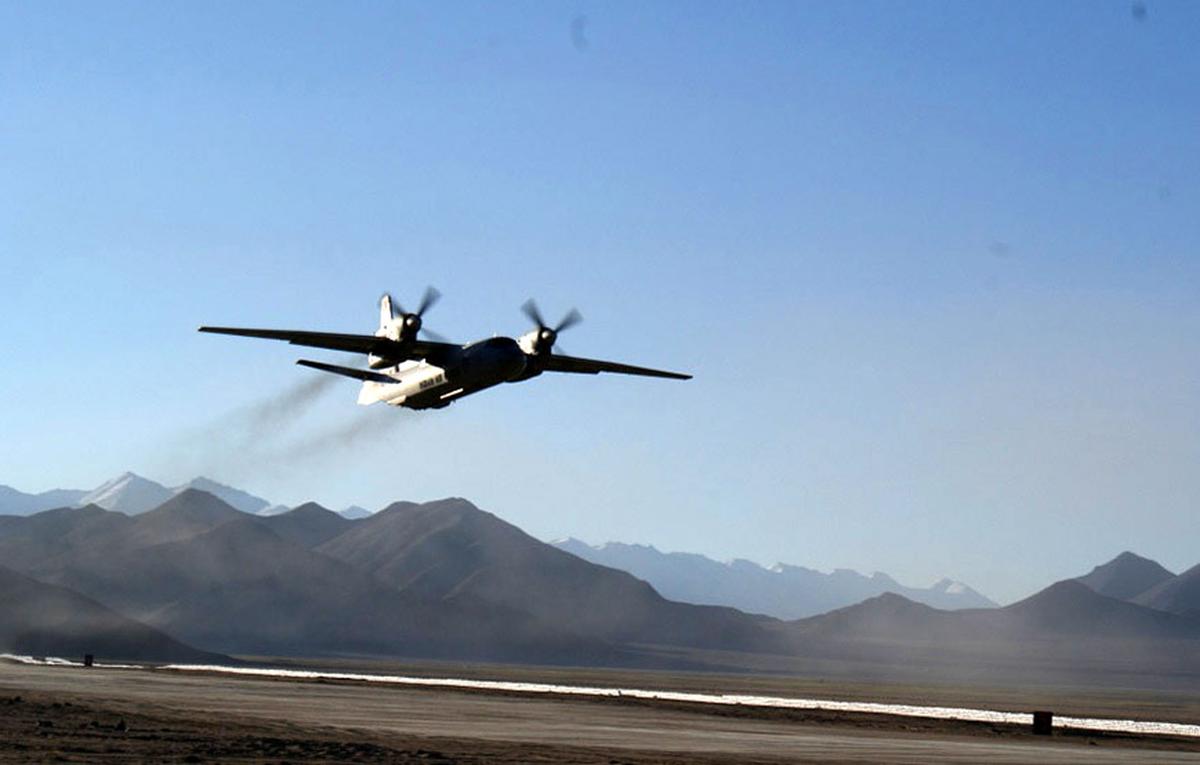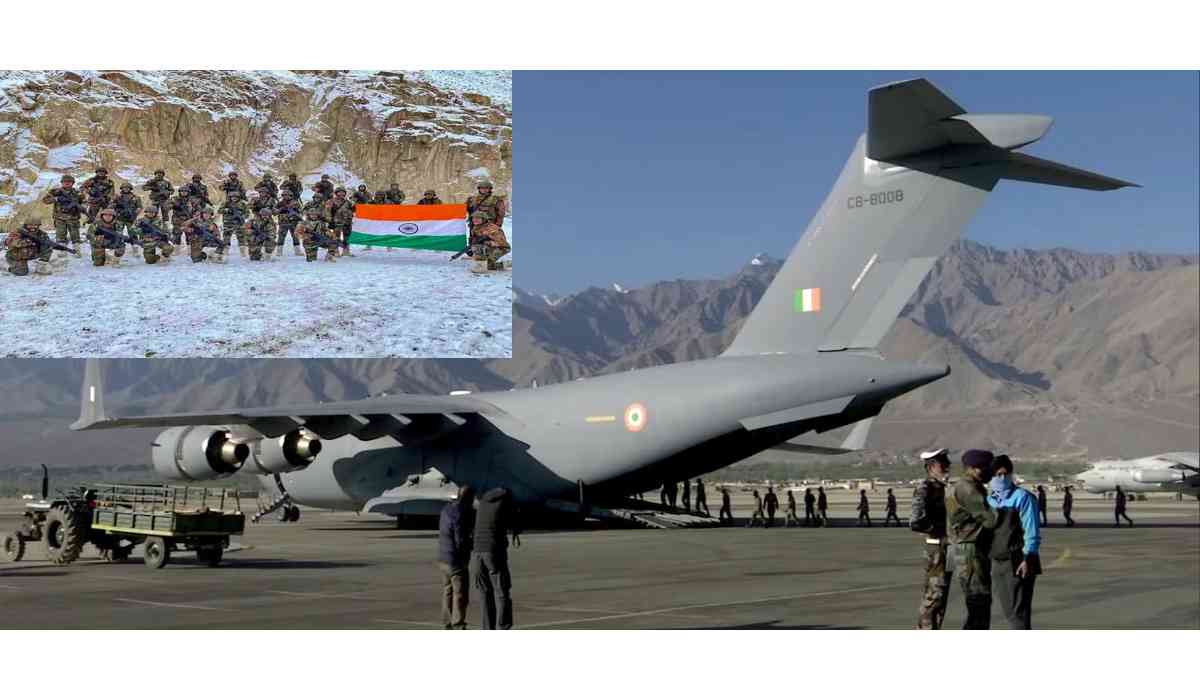In the wake of the deadly clashes in the Galwan Valley, the Indian Air Force executed a massive operation, swiftly transporting over 68,000 army soldiers and an array of military equipment to eastern Ladakh along the Line of Actual Control (LAC). This mission, made possible by strategic airlift capabilities and enhanced surveillance measures, aimed to reinforce India's position in the region.
Airlift Operation:
The Indian Air Force's transport fleet played a pivotal role in efficiently deploying troops and weaponry to the challenging terrains along the LAC. This fleet comprised C-130J Super Hercules and C-17 Globemaster aircraft, collectively carrying an impressive load of 9,000 tonnes. The successful execution of this airlift showcased the Indian Air Force's enhanced capabilities compared to previous endeavours like 'Operation Parakram.'
Robust Surveillance:
In response to escalating tensions, the Indian Air Force strategically employed remotely piloted aircraft (RPAs) to closely monitor Chinese activities. Fighter jets, including the Rafale and Mig-29 aircraft, participated in combat air patrol missions. Helicopters were also utilized to transport vital military supplies and prefabricated structures to mountainous bases. The Su-30 MKI and Jaguar fighter jets proved effective in tracking Chinese troop movements and positions within a range of approximately 50 km.

Strengthened Defense and Strategy:
To address the conflict, the Indian Air Force swiftly bolstered its air defence capabilities by installing various radar systems and surface-to-air guided weapons at frontline bases along the LAC. The overarching strategy aimed to solidify the military posture, maintain a credible armed presence, and vigilantly monitor the enemy's activities. This approach was meticulously implemented to ensure preparedness for any potential scenario.
Ongoing Diplomacy and Tensions:
The standoff between India and China persists, with each side maintaining a presence of around 50,000 to 60,000 troops. High-level military discussions are ongoing, with India advocating for further disengagement of forces from friction points. Recent talks between National Security Advisor Ajit Doval and Chinese diplomat Wang Yi occurred on the sidelines of a BRICS meeting, focusing on resolving the border standoff that originated after a violent clash near Pangong Lake in May 2020.
The Indian Air Force's swift response and strengthened presence in the aftermath of the Galwan Valley clashes underscore its advanced airlift capabilities and proactive surveillance strategies. These efforts aim to maintain stability in the region and ensure readiness for potential developments along the Line of Actual Control.
© Copyright 2023. All Rights Reserved Powered by Vygr Media.






















